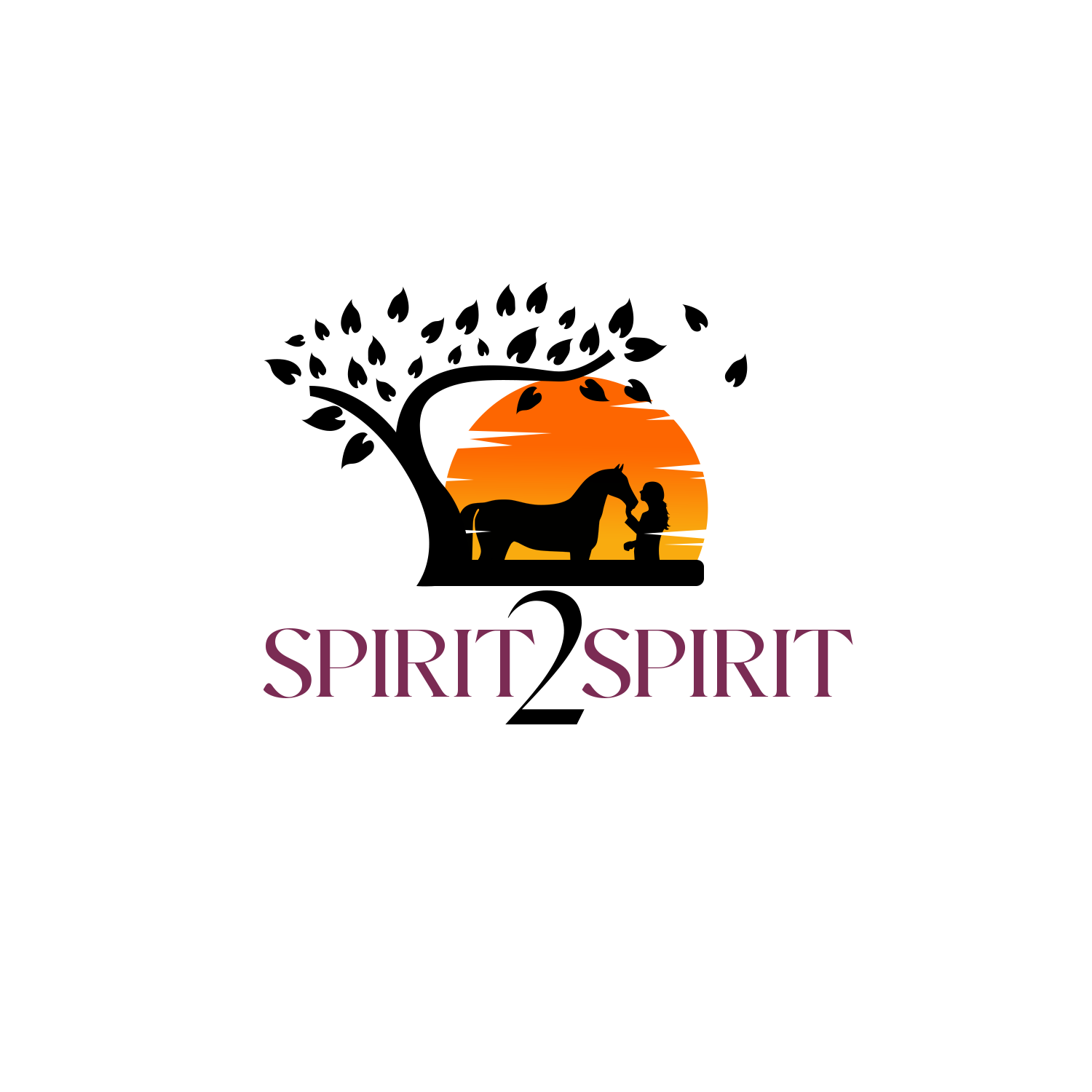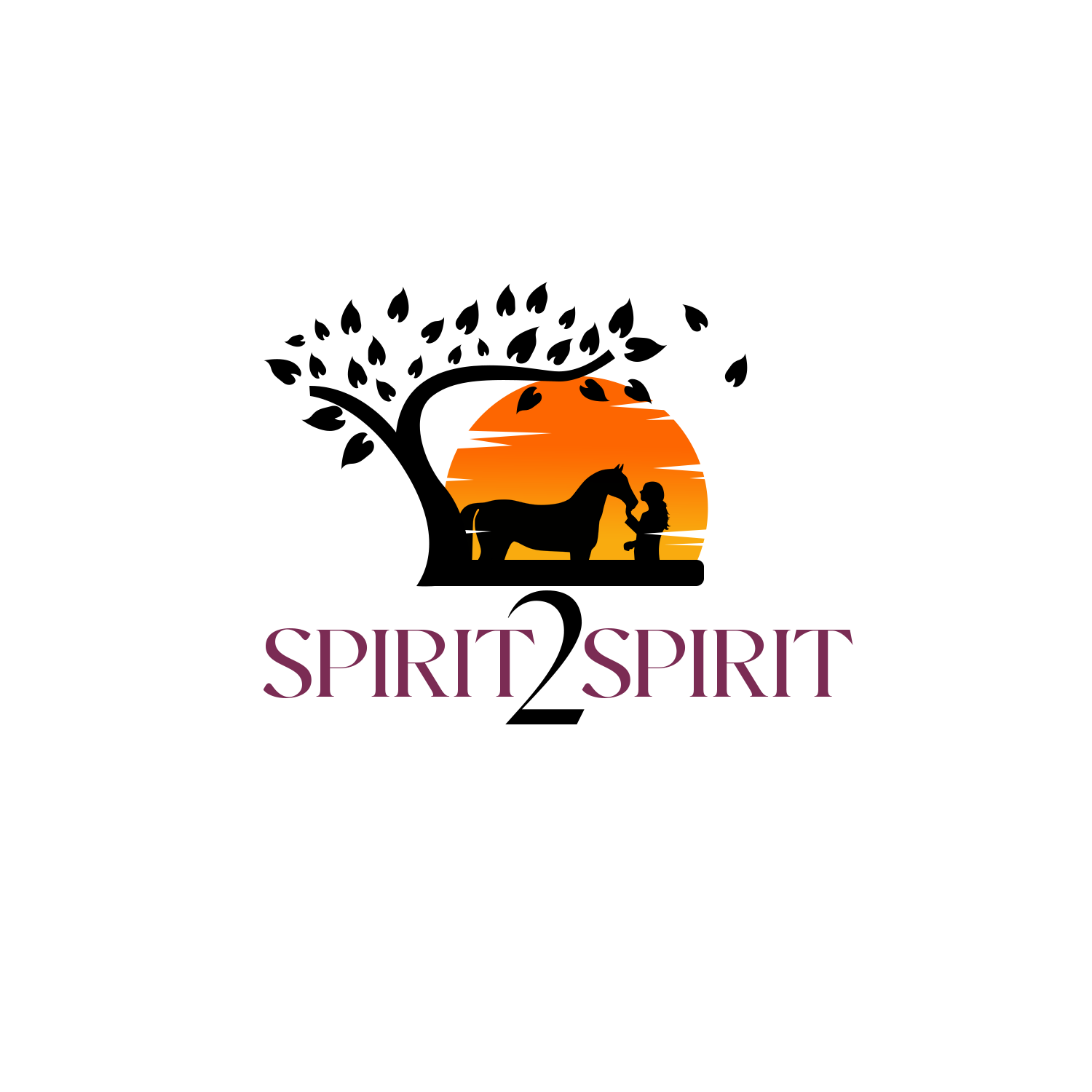DON'T PULL!

DON’T PULL!
In the horse world, when we first learn to work with horses, we discover two key commands: Go and Stop. To ‘Go’ often requires some kind of push from behind or pull from the front. To stop often requires some sort of barrier from the front or pulling back on the head to stop the body. From the ground when leading, ‘Go’ looks like either adding pressure to the rump if we are behind them or pulling the lead rope tight to apply pressure to the head as we walk out in front. From the saddle, it’s squeezing the legs into the horse’s sides or kicking the ribs with the heel to ‘push’ them forward. If you’re unfamiliar with the world of horses, much of this may seem a bit barbaric, and I’ll tell you many people who are professionals in the horse world who do this work for a living strongly agree with you, while others feel there are more escalated levels available to them I haven’t even touched on (spurs, whips, prods, stocks, etc.).
As we advance in our skillset, the goal is to refine these queues to be more precise, where we only apply the amount of pressure necessary to elicit the result and immediately remove pressure when the result we are looking for is offered (some may say even so early as when the thought shifts to the offer). In that advancement we move from kicking the ribs with our heels in the saddle, or pulling the lead rope from the ground, and instead rely on subtle shifts in our energy, body language, and the preparatory queue that precedes any application of pressure to give the horse the “heads up” that we’re about to ask for the “Go”, so they tend to prefer to give us the forward movement before the pressure…and so on. Once we’re well on our way in building these queues, the horse will read our body language before we even need to add energy to a tool such as a lead rope, stirrup or rein. From afar, this may look like magic. The rider did nothing and yet there the horse goes! Moving out flawlessly.
This advancement in skill is no different than any other art or technique. Learning to paint, play the piano, garden, drive a car… our strokes are choppy and broad at best when we begin, but soon we find the refinement that lends to smooth flow and transitions.
Where The Mind Goes, The Feet Follow
When we start out as leaders, lord help us; we are like a child pulling on the lead rope of a 1,000 lb. horse with zero desire to leave the patch of green grass this poor child is attempting to drag him away from. Their slight 50 lbs. is no match, and they will never win that battle. Frustration often ensues. Why won’t this horse listen?! We have a show to get to! Then there’s inevitably tears, muscle fatigue, and giving up through overwhelm. These moments can be defining for the child, and as an adult I have watched this scenario play out many times for children and adults alike! What happens next is KEY and very telling about the person (NOT the horse). Do they give up and blame the horse? Do they walk away? Do they trouble shoot? Try a different tactic like bringing something tastier than grass to offer? Do they seek help from someone older and/or more experienced? Observing what happens next is fascinating for me because it speaks to who we are when we are up against a challenge that we can’t muscle our way through. How do you move the immovable object? *Pause Point: Do you know your go-to tactic to move the immovable object? It’s worth some self-reflection time.
There’s a phrase in horsemanship: “Where the mind goes, the feet follow.” So, where is that horse’s mind in our scenario? On the grass. Where do we want it? On the trailer headed out of town! How do we shift the horses focus? It will vary from horse to horse and team to team, but I can tell you where to start: Don’t Pull!
When your team is focused on something else, and you want to shift their focus, don’t come in gunz blazin’ and say “This is more important! Put that down! That doesn’t matter!” and rip it out of their hands. You’re guaranteed a battle you won’t win. You must capture their minds through your curiosity by noticing what is important to them, and having an honest conversation about where that falls in the list of priorities as measured against the shared common goal – not YOUR goals – the goals of the collective. The shared mission of the organization of which the team is built around. “But I have a show to get to!”. Yeah…they don’t care. Instead, consider “Oh yeah, grazing is nice. I agree, that looks fantastic. I see you’re hungry. Can we engage in a conversation? Do you see me making a request? How can we meet your needs while moving towards a common goal? What if we bring some of that along with us so it’s still available to you while we move in this direction?”
The moment the mind shifts, engage momentum through the application of the correct amount of energy. Not a dead run, but the slow progression of momentum that matches the reality of the situation. I realize not everyone reading this is old enough to remember manual transmissions in vehicles, but if you are…you’ll have a pretty good image of what I’m referring to here. We’re not going from 1st to 5th gear – you’ll stall the engine and have to start over. Progression requires that we make subtle bids for their focus, that we maintain engagement through continued stimulus of the mind “Yes! That’s the way! See the gate there? That’s where we’re headed. Good job…” If attention wanes you have to be sensitive enough to the queues your team provides to capture the shift in focus early on and bring the attention back. The entire time you’re moving towards the gate (1st goal), you are walking BESIDE them. If you ever find yourself pulling on the lead rope, you’re applying an imbalanced amount of energy to momentum.
A side note about the metaphorical “gate” goal - Yes, the final goal is the show ring, but we need to break it down and celebrate the milestones along the way as well or you will lose momentum. First the gate, then the trailer, then the show….don’t miss an opportunity to show grace and gratitude and celebrate the small wins.
A Recovering Puller
‘Don’t Pull’ was a hard learned lesson for me. I was a puller (I still am...I say I’m in recovery 😊 ). I had places to go and people to see. I didn’t have time for discussion; we needed to move! I didn't realize how much of a puller I was until I was called out multiple times in a clinic with a skilled horseman. I'd pick up that lead and just take off. No pre-queue, no heads up, just off I'd go, and the horse went "wait, what?!" It became my mantra...Don't Pull! I can tell you as a now recovering puller that the momentum and sustained pace that is achieved through less pressure and coming alongside my team (and horses) far outweighs the benefits of getting there fast under duress. When the mind is engaged, it generates its own momentum, alleviating much of the responsibility off your shoulders.
How do you know if you’re a puller? Look at how the team responds to your requests. Do you capture their attention? How long can you maintain it? If it’s brief, you’re pulling. When you introduce a new concept, idea, goal, etc. do you feel the air leave the room and the energy drop? You’re pulling.
To reach the level of mastery where the queue isn’t even noticeable like the master horsemen and women I mentioned at the beginning, you must start with curiosity through noticing. Engage them in the conversation. Ask what is important to them, provide insight into why this new idea is just as important or more important – it’s not a sales pitch but an alignment – does it fit the needs, goals, outcomes, mission, culture, etc. Watch for their engagement, attention, and energy to shift. Look for the leaning-in. They will offer ideas, concepts, solutions. They will discuss challenges, pinch points and tasks, let the momentum build gradually from within. Watch them engage 1st gear, then 2nd gear…assignments are made, goals are set, meetings are booked…3rd gear…and on it goes.
And there you are, standing beside your team, providing the heads up before the queue that no one can see but you and your team, and off you go together.
Lead with a loose grip and a confident gaze,
Sonia
To book a consultation call to discuss you or your team's leadership needs, please email Sonia@Spirit2Spirit.org


0 comments
Leave a comment
Please log in or register to post a comment